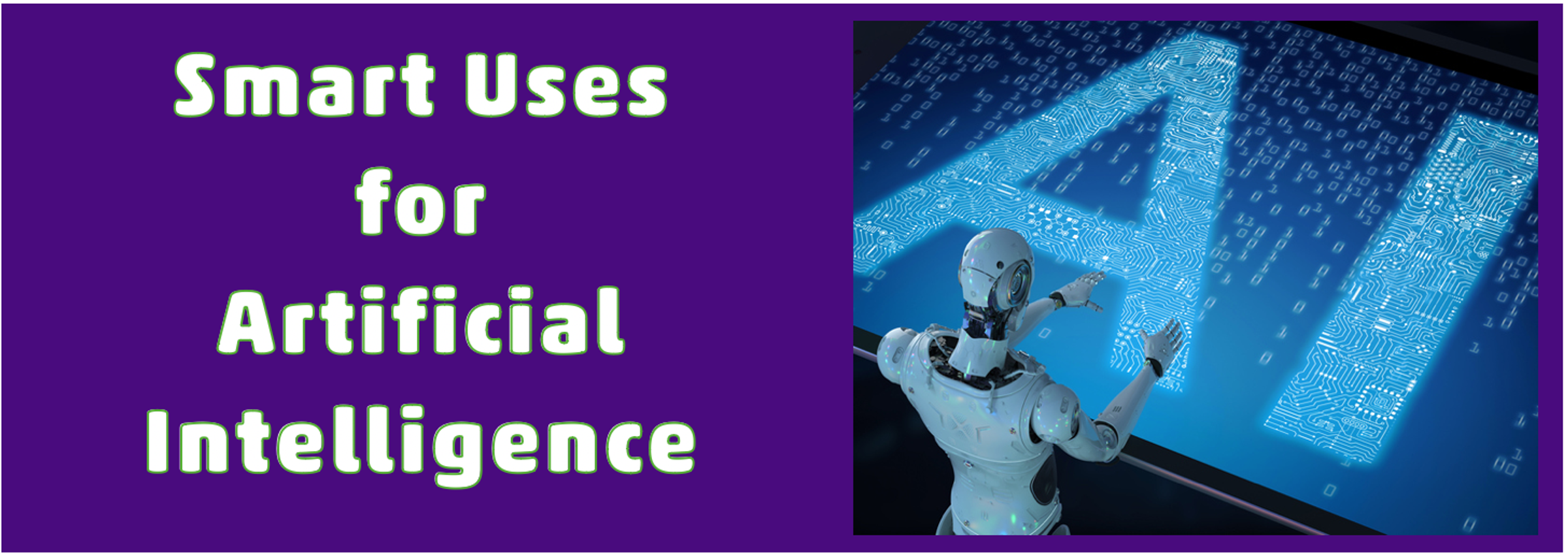The AI Technology Page:

Can AI in Education Support the Learning Process?
by Kresentia Madina January 24, 2025
Artificial Intelligence (AI) has taken the world by storm. It has permeated almost every sector, including education. Then, what are some of the opportunities and challenges for integrating AI in education?
AI in Education:
OpportunitiesAI generally refers to a machine’s ability to perform several cognitive functions associated with human minds. From smart home appliances to digital assistants, many have leveraged AI’s benefits to streamline daily tasks. It is also increasingly being deployed to help tackle more specific issues, such as wildfire monitoring and smart farming.
Similarly, when properly implemented, there are many opportunities for AI in education to support student learning. In a working paper, the OECD explores how learner-centred AI tools can help enhance learning through adaptive and personalized learning, simulation-based education, and additional support for accessible educational content.
For instance, in a six-week experiment in Nigeria, the World Bank found that the use of generative AI under teacher supervision yielded positive results in terms of grade improvements among first-year secondary programme students. Intelligent tutoring systems, a computer-based learning system that utilises AI to track students’ work and give tailored feedback, can offer personalised and adaptive learning for students from diverse backgrounds based on their characteristics and studying patterns.
Furthermore, AI-based simulations, such as virtual reality (VR) and augmented reality (AR), can also offer more immersive and interactive learning. The tool can support learners with special education needs through visual, auditory, and other necessary assistance.
Looking Out for Challenges
Despite the opportunities, AI in education raises serious concerns. Most recently, the skyrocketing popularity of AI tools like ChatGPT has caused anxiety over plagiarism in academia. Without clear limitations, using AI tools to do schoolwork, like writing essays and solving equations, can highly undermine the value of research, critical thinking, and the overall learning process.
Furthermore, many AI tools used in education utilise and store a lot of data for their operations, including students’ identities, locations, and activities. This could raise ethics and privacy issues, especially for younger learners who might not yet understand the implications of data sharing.
Meanwhile, the digital and technological divide is more real than ever. While digital technologies rapidly develop, thousands of communities worldwide still struggle with electricity. Therefore, implementing AI in education must consider this reality and avoid widening these gaps. Instead, when possible, the tools must be able to help bridge the gaps. Additionally, bias and errors frequently found in these technologies can perpetuate inequality, ableism, and other forms of discrimination that can harm marginalised communities.
In a much larger context, using artificial intelligence has significant environmental impacts. Many of these tools and their infrastructures need critical minerals and other rare Earth elements, which can lead to over-extraction of natural resources., The data storage and centers used excessive amounts of water during construction, which happened against the backdrop of the global water crisis. The increasing toxic electronic waste and excessive consumption of energy and fossil fuels also affect human and planetary health, as well as aggravate climate change.
Responsible Use of Technologies
Ultimately, keeping up and leveraging the newest technological developments must not come at the expense of people and the planet. Enhancing education requires prioritising students’ safety and wellbeing.
In light of these opportunities and challenges, UNESCO has published recommendations for the ethics of artificial intelligence, which centres on four core values: human rights and human dignity; living in peaceful, just, and interconnected societies; ensuring diversity and inclusiveness; and environment and ecosystem flourishing. There are also guidelines and frameworks for policymakers, teachers, and students to ensure the safe, effective, and responsible usage of AI in education.
The world is still in the early stages of widespread and mainstream AI use, but the expansion seems to be progressing quickly. Further research, strict regulations, and comprehensive frameworks are urgently needed to steer the development away from harm and toward a better future for all.

